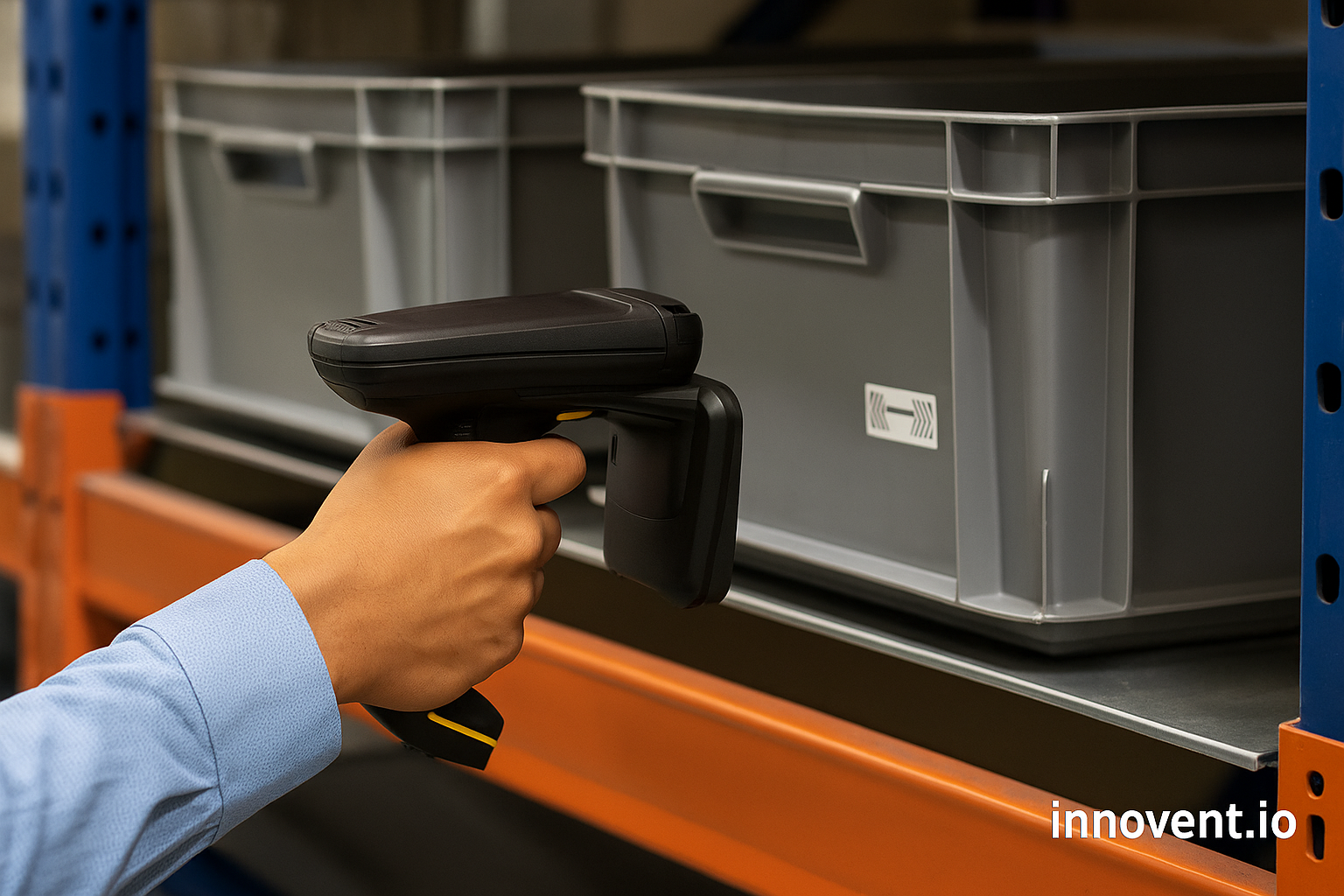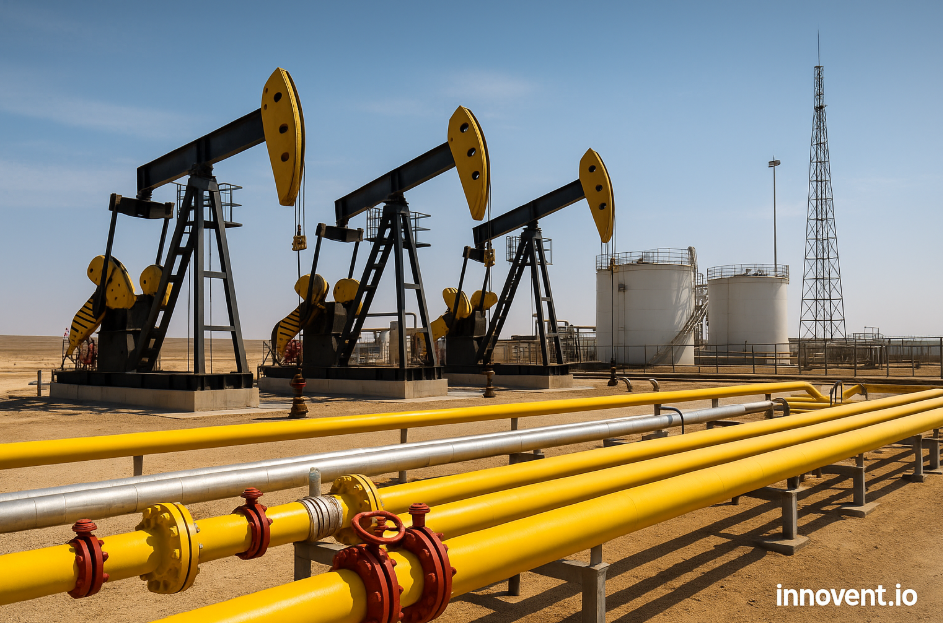Leveraging Sensors for Condition Monitoring in Industry 4.0
Industry 4.0 represents the fourth industrial revolution, characterized by the fusion of advanced technologies such as the Internet of Things (IoT), artificial intelligence (AI), and big data analytics. One of the critical components driving this revolution is condition monitoring using sensors. This technology enables real-time monitoring and analysis of machinery and equipment, leading to improved efficiency, reduced downtime, and enhanced operational safety.
Understanding Condition Monitoring
Condition monitoring involves the continuous or periodic measurement and analysis of parameters that indicate the health and performance of machinery. By collecting data on variables such as vibration, temperature, pressure, and humidity, sensors provide insights into the operational state of equipment. This information is crucial for predictive maintenance, allowing industries to address potential issues before they lead to failures.
Types of Sensors Used in Condition Monitoring
Various sensors are employed in condition monitoring, each serving a specific purpose:
- Vibration Sensors: Detect abnormalities in machinery vibrations, indicating potential mechanical issues such as misalignment, imbalance, or bearing failures.
- Temperature Sensors: Monitor temperature variations in equipment, helping identify overheating or thermal inefficiencies.
- Pressure Sensors: Measure pressure levels within systems, ensuring they operate within safe limits and detecting leaks or blockages.
- Humidity Sensors: Track moisture levels, preventing corrosion and ensuring optimal environmental conditions.
- Acoustic Sensors: Capture sound waves produced by machinery, detecting anomalies that may indicate faults.
- Strain Gauges: Measure deformation or strain in materials, providing insights into structural integrity and load conditions.

Benefits of Condition Monitoring in Industry 4.0
1. Predictive Maintenance:Traditional maintenance strategies, such as reactive and preventive maintenance, often result in unplanned downtime or unnecessary servicing. Condition monitoring shifts the focus to predictive maintenance, where data-driven insights predict equipment failures before they occur. This proactive approach minimizes downtime, reduces maintenance costs, and extends the lifespan of machinery.
2. Enhanced Operational Efficiency:Real-time data from sensors enables continuous monitoring of equipment performance. This allows for immediate detection and correction of inefficiencies, optimizing production processes. By ensuring machinery operates at peak performance, industries can achieve higher productivity and reduce energy consumption.
3. Improved Safety and Compliance:Condition monitoring enhances workplace safety by detecting potential hazards early. For instance, sensors can identify overheating components or excessive vibration, prompting timely interventions to prevent accidents. Additionally, condition monitoring helps industries comply with safety regulations and standards by ensuring equipment operates within specified parameters.
4. Data-Driven Decision Making:The vast amounts of data generated by sensors provide valuable insights for data-driven decision making. Advanced analytics and AI algorithms can analyze this data to identify patterns, predict future performance, and optimize maintenance schedules. This informed approach leads to better resource allocation, cost savings, and strategic planning.
Applications of Condition Monitoring in Various Industries
1. Manufacturing:In manufacturing, condition monitoring is used to ensure the reliability and efficiency of production lines. Sensors monitor critical machinery such as CNC machines, motors, and conveyor systems, detecting wear and tear early. This minimizes unplanned downtime and maintains consistent product quality.
2. Oil and Gas:The oil and gas industry relies heavily on condition monitoring to maintain the integrity of pipelines, drilling rigs, and refineries. Sensors track pressure, temperature, and vibration levels, preventing leaks, explosions, and environmental hazards. This technology is vital for ensuring the safe and efficient operation of energy infrastructure.
3. Power Generation:Condition monitoring is crucial in power plants, where continuous operation is essential. Sensors monitor turbines, generators, and transformers, identifying issues that could lead to costly outages. By maintaining equipment health, power plants can ensure a reliable supply of electricity.
4. Transportation:In the transportation sector, condition monitoring enhances the reliability and safety of vehicles and infrastructure. Sensors monitor engine performance, brake systems, and structural integrity in vehicles such as trains, airplanes, and trucks. This technology helps prevent breakdowns, reduces maintenance costs, and improves passenger safety.
5. Aerospace:Aerospace industries use condition monitoring to ensure the safety and performance of aircraft components. Sensors track vibration, temperature, and pressure in engines, landing gears, and control systems. Early detection of potential issues enhances flight safety and reduces maintenance costs.
Implementing Condition Monitoring: Challenges and Considerations
1. Data Management:The implementation of condition monitoring generates vast amounts of data, requiring robust data management systems. Industries must invest in data storage, processing, and analytics infrastructure to handle and analyze sensor data effectively.
2. Integration with Existing Systems:Integrating condition monitoring with existing industrial systems can be challenging. Industries need to ensure that sensors are compatible with current machinery and that data flows seamlessly into enterprise resource planning (ERP) and maintenance management systems.
3. Cybersecurity:As condition monitoring relies on connected devices and data transmission, cybersecurity is a critical concern. Industries must implement robust security measures to protect sensitive data from cyber threats and ensure the integrity of monitoring systems.
4. Skilled Workforce:The successful implementation of condition monitoring requires a skilled workforce capable of managing and interpreting sensor data. Industries must invest in training and development programs to equip employees with the necessary skills.
Future Trends in Condition Monitoring
As technology continues to evolve, the future of condition monitoring looks promising. Emerging trends such as edge computing, 5G connectivity, and digital twins are set to enhance the capabilities of condition monitoring systems. Edge computing allows for real-time data processing at the source, reducing latency and improving decision-making. 5G connectivity ensures faster and more reliable data transmission, enabling more sophisticated monitoring applications. Digital twins create virtual replicas of physical assets, providing a comprehensive view of equipment health and performance.
Conclusion
Leveraging sensors for condition monitoring is a cornerstone of Industry 4.0, driving significant improvements in operational efficiency, safety, and data-driven decision making. By embracing this technology, industries can transition from reactive to predictive maintenance, optimize production processes, and achieve higher levels of performance and reliability. As advancements in IoT and related technologies continue, the potential for condition monitoring to transform industrial operations will only grow, paving the way for a smarter, more efficient future.









